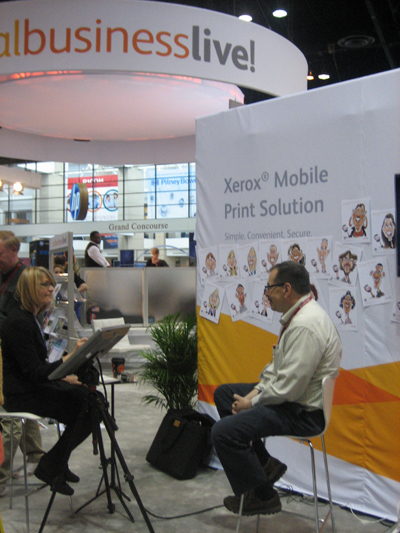Do you suffer from too many pointless meetings?
We’ve all been to meetings (or conference calls) that we consider a total waste of time. The person who called the meeting waffles on and on. By the end of the meeting no decisions have been taken. The meeting has achieved nothing.
Unfortunately, I see many sales meetings that follow the same path. Having a meeting with a client may achieve nothing. It is what happens as a result of that meeting that is important.
That’s why calls to action are so important
In my previous article, I outlined the three words to bear in mind when planning a meeting or an important call. The middle word was “what”. What do you want a client to do as a result of this meeting?
Once you have decided what you want the other person to do, you need to persuade them to take action. Part of this process is giving them three good reasons why they should take this course of action. However, giving them reasons is often not enough.
It is generally necessary to tell someone what you want them to do
This is your call to action. It takes place at the end of a meeting. It takes place after you have given a compelling presentation, or had an in-depth conversation.
At this point it is time to explain to the other person what next step they should take if they want to progress things.
Remember, the call to action is not necessarily your end goal
The call to action is the next step that the other person needs to take in a process. If you want someone to place business with you, the next step may be that they visit your facility. Or that they send you a set of specifications to quote on.
Taking small steps like this is far less intimidating than asking someone to take action straight away on a major item. Typically, someone becomes conditioned to take action if you ask them to take small steps. When they have followed two or three small calls to action, taking the one that takes them to your end goal is far less intimidating.
Here’s an example of a call to action
I have written an e-guide called “Ten Common Print Selling Errors And What To Do About Them”. It’s absolutely free. I’d like you to click this link, enter your details and download it.
Wasn’t that much less painful than sitting through a long and boring meeting?
Editor’s Note: This post is part of a larger series on how to improve your sales conversations and presentations:
- Have More Effective Sales Conversations with 3-Word Planning
- Why Conversation Is Pointless Without A Call To Action
- VAK: How To Help Prospects Pay Attention To You
- Wow Your Audience With PowerPoint (Don’t Send Them To Sleep)
–
Matthew Parker has been buying print for over 20 years. He’s had over 1,400 sales pitches from printers. Now he’s using that experience to help printing companies engage with their customers and sell print more profitably. Find out more about Matthew on his site. Download his e-book “Ten Common Print Selling Errors And What To Do About Them” for free here.



